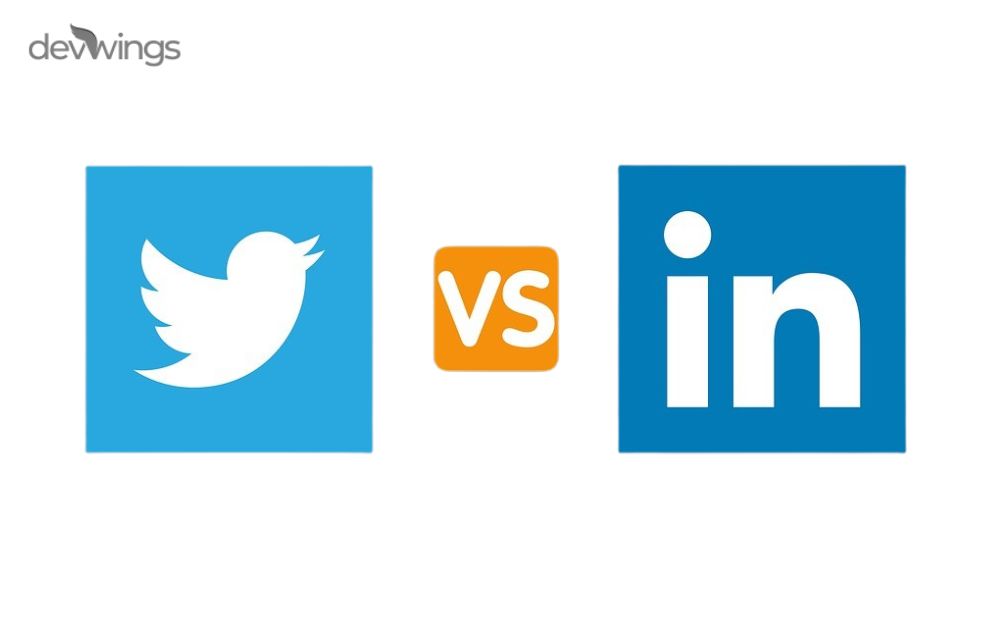In the ever-evolving digital landscape, engagement metrics play a crucial role in determining the success of a brand's online presence. For businesses and a social media marketing agency, understanding these metrics can guide better strategy development and execution. Among the myriad of platforms available, Twitter and LinkedIn stand out as unique yet essential tools for connecting with audiences. But which one provides better insights into engagement metrics?
Let’s dive deep into a comparative analysis of Twitter and LinkedIn to uncover their strengths and limitations.
Understanding Engagement Metrics
Engagement metrics are the quantifiable indicators of how users interact with your content. They include:
- Likes: Measures audience approval.
- Comments: Indicates interest and fosters dialogue.
- Shares/Retweets: Reflects content relevance and amplifies its reach.
- Clicks: Signifies interest in your link or call-to-action (CTA).
These metrics are vital for businesses to assess audience behavior, optimize content strategies, and drive meaningful connections.
Twitter: A Platform for Real-Time Interaction
Key Features of Twitter Engagement Metrics
Twitter thrives on brevity and immediacy, making it ideal for sharing updates, participating in trending discussions, and initiating quick interactions. Some notable engagement metrics include:
- Impressions: Total views of your tweet.
- Engagement Rate: ratio of total interactions (likes, retweets, replies) to impressions.
- Link Clicks: Measures how effective your CTA is.
- Mentions: Highlights your brand’s visibility in user conversations.
Strengths of Twitter Insights
- Real-Time Tracking: Twitter analytics provides up-to-the-minute updates on how your content performs. This is particularly useful for time-sensitive campaigns like product launches or live event promotions.
- Trend Amplification: Hashtags and trending topics allow content to reach broader audiences.
- Quick Feedback Loop: Measures such as replies and retweets reflect audience sentiment immediately, enabling rapid content adjustments.
Challenges
However, Twitter’s fast-paced nature can also be its downside. Content has a short shelf life, requiring consistent activity to maintain visibility. Engagement on Twitter tends to be more surface-level compared to deeper interactions on other platforms.
LinkedIn: The Hub for Professional Networking
Key Features of LinkedIn Engagement Metrics
LinkedIn caters to a professional audience, focusing on career-related interactions. Its engagement metrics include:
- Profile views reflect the interest in your professional identity or brand.
- Post Views: Indicates how well your content reaches your network and beyond.
- Reactions: From “like” to “celebrate” and “insightful,” these provide nuanced feedback on your content.
- Shares: Highlights the content’s value to a professional audience.
- InMail Response Rate: Measures the effectiveness of your direct outreach.
Strengths of LinkedIn Insights
- Quality Over Quantity: Engagement on LinkedIn tends to be more meaningful, as users are often professionals genuinely interested in your content.
- Niche Targeting: LinkedIn’s ability to target specific industries, job roles, and companies enhances the precision of your outreach.
- Content Longevity: Posts on LinkedIn often have a longer lifespan, remaining visible and relevant for weeks compared to the rapid churn on Twitter.
Challenges
LinkedIn’s professional tone can make it less suitable for informal or viral content. Moreover, gaining visibility outside your network requires a well-thought-out strategy, as its algorithms prioritize personal connections.
Comparative Analysis: Engagement Metrics
Audience Reach
- Twitter excels at reaching a broad, diverse audience due to hashtags and trends. Ideal for campaigns requiring mass appeal.
- LinkedIn specializes in connecting with professionals and niche industries, making it the go-to platform for B2B marketing.
Content Interaction
- Twitter: Interaction is often quick and fleeting, like a retweet or like. It’s ideal for amplifying content but less suited for detailed discussions.
- LinkedIn encourages in-depth conversations through comments and professional insights, fostering stronger connections.
Analytics Tools
- Twitter Analytics: offers real-time data with metrics like engagement rate, impressions, and audience demographics.
- LinkedIn Analytics: Provides detailed insights into post performance, user demographics, and profile impact, focusing on professional outcomes.
Longevity of Content
- Twitter: Content rapidly becomes obsolete due to its fast-paced environment.
- LinkedIn: posts remain relevant longer, offering continued engagement over time.
Choosing the Right Platform for Your Needs
The platform you choose should align with your goals and audience.
When to Choose Twitter:
- You’re running time-sensitive campaigns or participating in trending topics.
- Your brand relies on real-time feedback and rapid content dissemination.
- You’re targeting a wide and diverse audience, including consumers and influencers.
For instance, a retail brand launching a flash sale can leverage Twitter’s immediacy to drive quick engagement.
When to Choose LinkedIn:
- Your audience includes professionals, industry leaders, or decision-makers.
- You’re focusing on B2B marketing or recruiting top talent.
- You aim to build thought leadership through detailed, value-driven content.
A consulting firm, for example, can use LinkedIn to share whitepapers or host webinars, engaging meaningfully with its target audience.
Best Practices for Maximizing Engagement
On Twitter:
- Use trending hashtags judiciously to expand reach.
- Post consistently, leveraging visuals to boost engagement.
- Interact actively by replying to mentions and engaging with your followers’ content.
On LinkedIn:
- Share well-researched, actionable content that resonates with professionals.
- Use LinkedIn polls and articles to encourage audience interaction.
- Engage with industry-specific groups and forums to establish authority.
Conclusion,
Both Twitter and LinkedIn offer unique strengths when it comes to engagement metrics. While Twitter excels in real-time interactions and mass appeal, LinkedIn provides deeper insights and fosters long-term professional relationships. For a social media marketing agency, understanding these differences is key to tailoring strategies that align with specific goals.
Platforms like Devwings can help businesses optimize their social media strategies by leveraging the strengths of each platform, ensuring impactful and meaningful engagement with their audience.





Comments